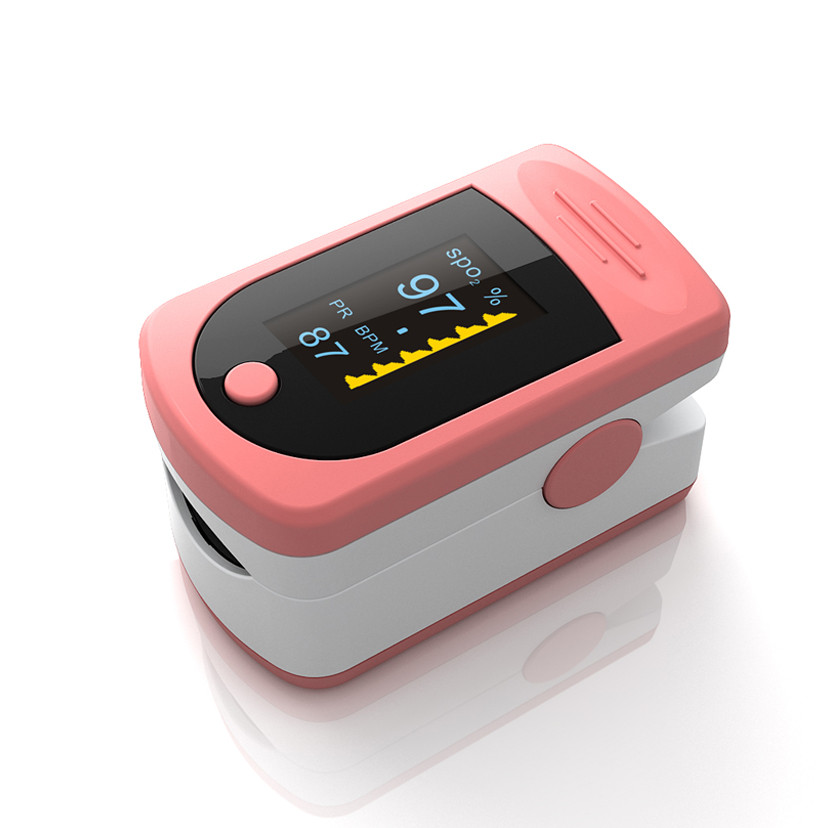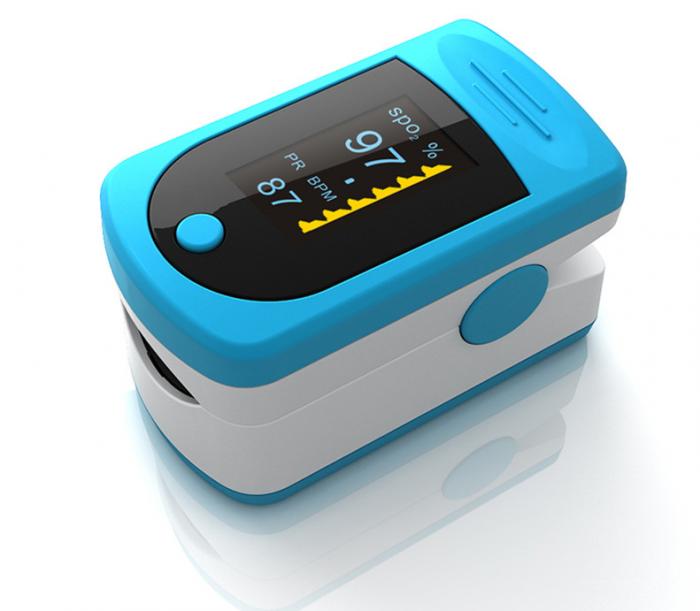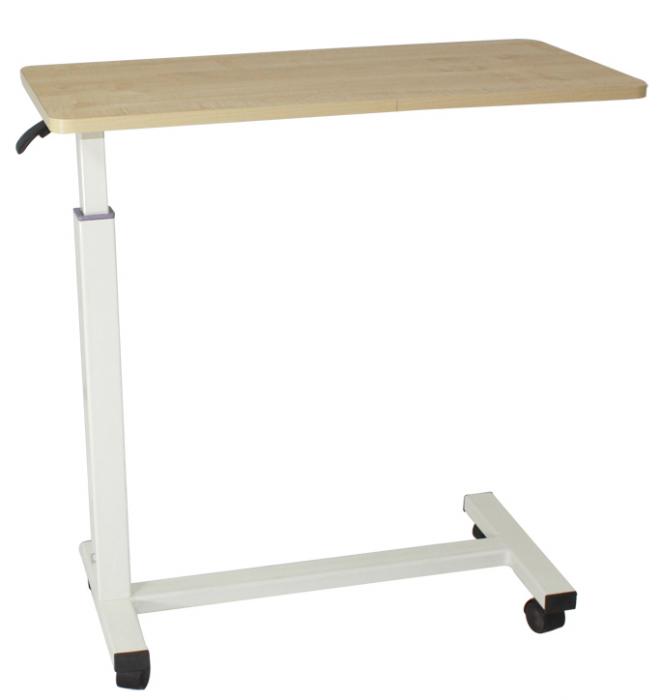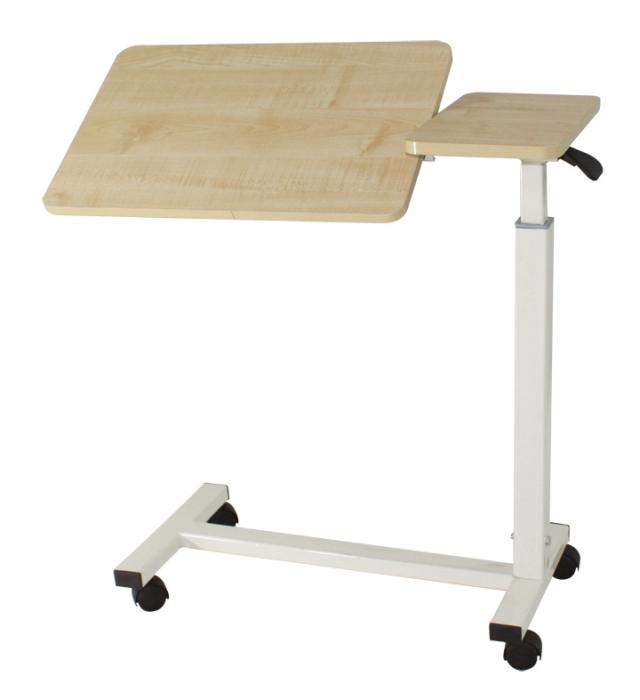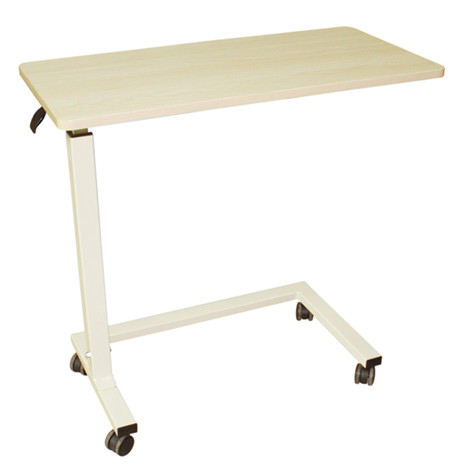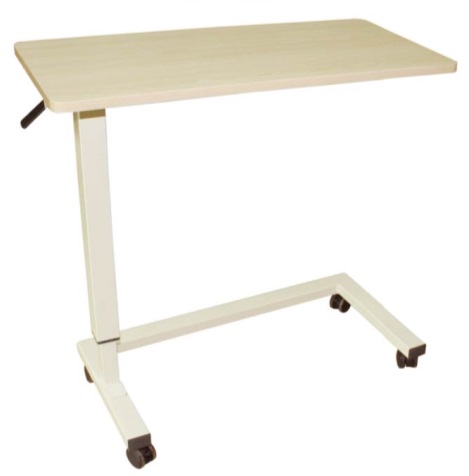| Name: | Pulse Oximeter |
|---|---|
| Model No.: | BES-301 |
| Product Name: | pulse oximeters |
| Brand: | BESCO |
| MOQ: | 500 units |
| Keywords: | pulse oximeters,economy pulse oximeters,pulse oximeters for sales |
| Sample: | Available |
| Lead time: | 25 days |
| Payment Term: | T/T in advance |
| Country of Original: | China |
| Port: | SHENZHEN |
| Stock: | Available |
| Factory Address: | SHENZHEN |
| Office: | Zhengzhou,China |
Products Description
Feature:
OLED screen
SPO2 and PI rate display
Bar graph available
colors option:dark,blue,blue,yellow,green,pink,purple
Accessory:
1*Pulse Oximeter
1*Manual
1*Hand rope
2*AAA battery (extra cost apply)
A pulse oximeter is a small, non-invasive medical device that measures the oxygen saturation of the blood and heart rate.
Function:
The device emits two wavelengths of infrared and red light through the skin, typically on a finger or earlobe.
Oxygenated and deoxygenated hemoglobin in the blood absorb these wavelengths differently.
The device detects the changes in light absorption and calculates the percentage of oxygen saturation in the blood (SpO2).
Uses:
Monitoring oxygen levels during surgery, anesthesia, or other medical procedures
Assessing respiratory function in patients with lung conditions, such as asthma or COPD
Detecting hypoxia (low oxygen levels)
Monitoring oxygen therapy effectiveness
Limitations:
Can be inaccurate in individuals with dark skin tones, nail polish, or poor circulation
Does not measure carbon dioxide levels or other respiratory parameters
May not be reliable in certain medical conditions, such as heart failure or peripheral artery disease
Conclusion:
A pulse oximeter is a valuable tool for monitoring oxygen saturation levels in the blood. It is used in various medical settings to assess respiratory function, detect hypoxia, and guide treatment decisions. However, it is important to note its limitations and consult with a healthcare professional for proper interpretation of results.
Using a Pulse Oximeter
Purpose:
A pulse oximeter is a small device that measures the percentage of oxygen in your blood (oxygen saturation) and your heart rate.
Instructions:
Prepare the device:
Insert batteries if necessary.
Clean the sensor if it is dirty.
Select a finger:
Choose the middle or index finger of your hand.
Remove any nail polish or artificial nails.
Clip the device:
Open the clip on the device.
Place the sensor over the tip of your selected finger.
Close the clip securely.
Turn on the device:
Press the power button.
Wait for readings:
Keep your hand still and below the level of your heart.
Allow the device a few minutes to display accurate readings.
Read the results:
The oxygen saturation level will be displayed as a percentage (SpO2).
The heart rate will be displayed as beats per minute (bpm).
Tips:
If the readings are inconsistent, try a different finger or remove the device and re-clip it.
Keep your hand warm and avoid moving it significantly.
Use the device in a quiet environment with minimal light.
Consult a healthcare professional if you have any concerns about your oxygen saturation or heart rate readings.
Additional Notes:
Pulse oximeters are not suitable for use on infants or children under the age of 10.
They may not provide accurate readings in people with certain medical conditions, such as poor circulation or dark skin tones.
If you are using a pulse oximeter for medical monitoring, follow the instructions provided by your healthcare provider.
